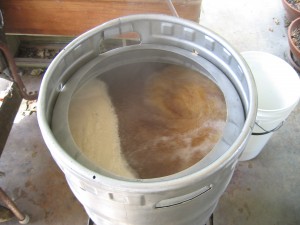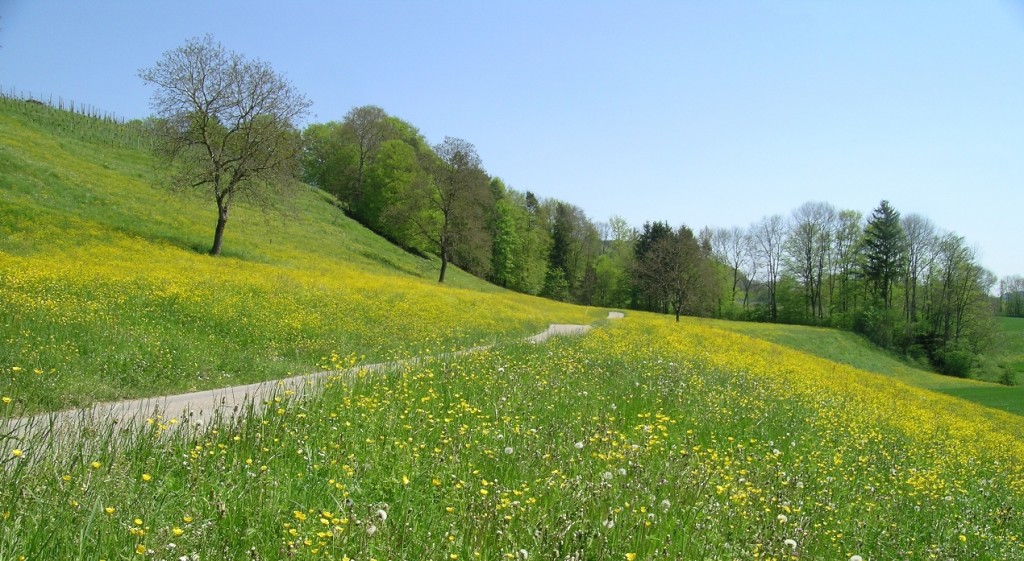Here is a recipe for a kräusened Maibock. The kräusening aids with finishing the beer and conditioning it. This is a light-colored (9 SRM) beer, fairly strong (7.0% ABV), with more hop bitterness (33 IBU) than a traditional bock. The malt, bitterness, and body are well balanced. The key to success in brewing this beer is to pitch an adequate amount of healthy yeast to the main batch and add some vigorously fermenting kräusen beer to the main batch as fermentation winds to a halt. This should take about 4 months to condition (lager) appropriately, but will be well worth the wait.
Edge of Seventeen Maibock
by Chris Colby
All-grain; English units
DESCRIPTION
Edge of Seventeen is a 7% ABV, roughly 17 °Plato bockbier brewed for spring. Lighter in color and more attenuated than a traditional bock, this beer is malty, but balanced by a firm hop bitterness. This recipe employs kräusening to condition the beer. The initial batch of beer is 4.5 gallons, and slightly more bitter than the target; the 2 qt. of kräusen beer added after primary fermentation brings the beer down to its target bitterness, cleans the beer up, and helps the yeast hit the appropriate level of attenuation.






Recent Comments